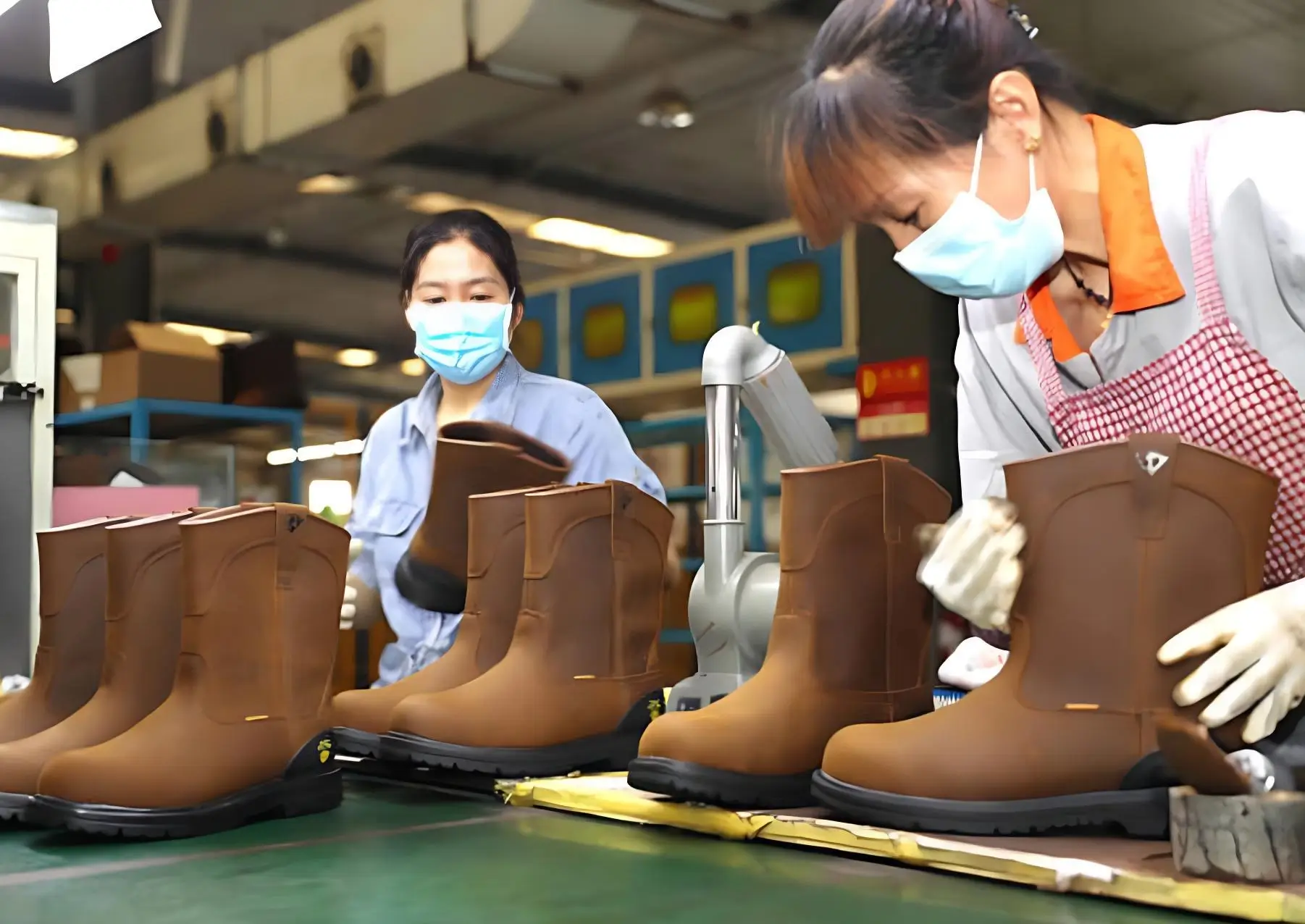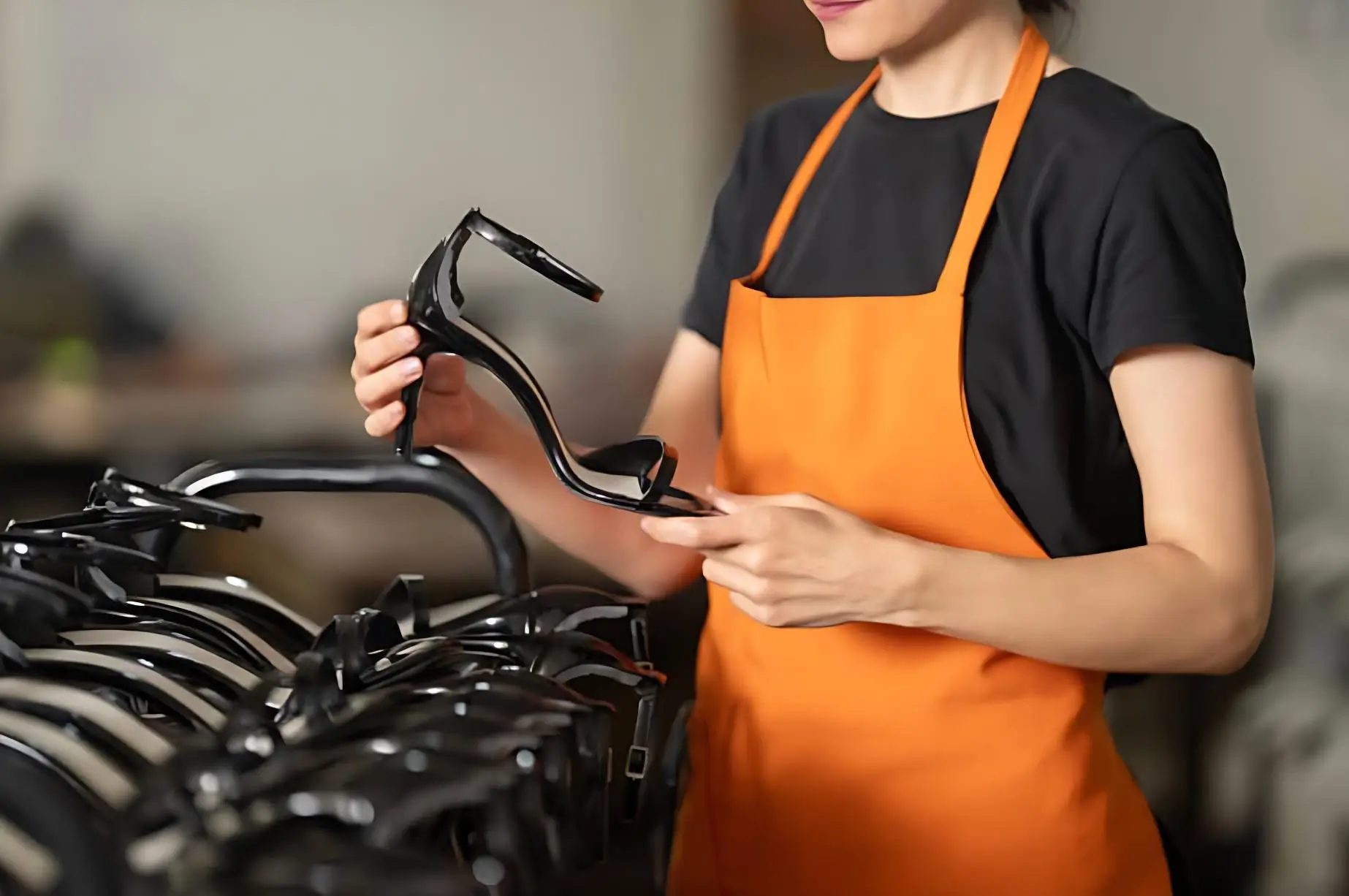Navigating international regulations can be a real challenge for brand owners. The rules for selling shoes in the US and the EU are very different. They are also changing quickly. A single missed update can lead to costly fines and seized shipments. This can do significant damage to your brand’s reputation.
I have spent years helping brands to understand this complex landscape. In this guide, I will break down the key footwear compliance requirements for both markets. I will use plain English to explain everything. We will cover all the important topics, from product safety and chemical restrictions like REACH and CPSIA, to the new sustainability rules that are reshaping the industry.
This guide is your roadmap. It will help you to avoid costly mistakes and to future-proof your supply chain. It will give you the confidence to sell your products in the world’s most lucrative markets.
The Big Picture: How the US and EU Think About Compliance Differently
Before we get into the details, it is important to understand the fundamental difference in philosophy between these two markets.
The EU’s approach is comprehensive and proactive. They are building a top-down, harmonized system. This system is focused on sustainability, transparency, and corporate accountability across the entire supply chain. Regulations like the CSDDD and ESPR are designed to force brands to take responsibility for their entire product lifecycle.
The US approach is more fragmented and reactive. It is a patchwork of federal laws. These laws are focused primarily on consumer product safety and truth in advertising. On top of that, there are a growing number of powerful state-level regulations, especially from California and New York.
Here’s a quick head-to-head comparison to give you a clear overview:
| Factor | United States (US) | European Union (EU) | What This Means for Your Brand |
| Primary Focus | Consumer safety (especially for children’s products) and preventing misleading “greenwashing” claims. | Holistic sustainability, circular economy, and supply chain due diligence (human rights & environmental). | The EU requires you to know everything about your supply chain. The US requires you to prove that your final product is safe. |
| Regulatory Structure | A mix of federal laws (CPSC, FTC) and powerful, state-specific rules (like California Prop 65). | Harmonized regulations and directives that apply across all 27 member states. | In the US, you have to keep track of multiple sets of rules. In the EU, the rules are generally consistent across the bloc. |
| Key Regulations | CPSIA (for kids’ shoes), FTC Green Guides, California Prop 65, and state-level PFAS bans. | REACH, GPSR, CSDDD, ESPR (with the Digital Product Passport), and PPWR (for packaging). | The EU’s list is longer and it is growing faster. There is a heavy focus on data and transparency. |
| Upcoming Changes | Updates to the FTC Green Guides and more state-level EPR and chemical laws. | The phased implementation of CSDDD, ESPR, DPP, and the Green Claims Directive. | The next 2-3 years will see a huge wave of new, mandatory reporting requirements for the EU market. |
A Deep Dive into EU Shoe Compliance
The EU is, without a doubt, leading the global charge on sustainability and transparency regulations. If you plan to sell your products in Europe, you need to have these regulations on your radar right now.
The New Sheriff in Town: General Product Safety Regulation (GPSR)
The GPSR replaced the old General Product Safety Directive (GPSD). It came into effect in December 2024. This is a big deal. It places much stricter obligations on manufacturers and importers to make sure that all products sold in the EU are safe. For footwear, this means you will need to do more rigorous risk assessments. This is especially true for physical hazards on children’s shoes, like small parts or long laces. There are also clearer labeling requirements.
Sustainability is No Longer Optional: The ESPR and the Digital Product Passport (DPP)
This is the one that everyone is talking about. The Ecodesign for Sustainable Products Regulation (ESPR) came into force in July 2024. It is a real game-changer. It sets a framework to make products more durable, repairable, and recyclable.
The most significant part of the ESPR is the introduction of the Digital Product Passport (DPP).
What is it? You can think of it as a digital birth certificate for your shoe. A QR code on the product will link to a database with detailed information about its entire lifecycle. This will include where the raw materials came from, what chemicals were used, how it was made, its carbon footprint, and how to repair or recycle it.
When does it start? While the regulation is in force, the mandatory implementation for textiles and footwear is expected no sooner than 2027. However, the time to start gathering this data is now. Mapping your full supply chain can take a year or more.
Other Key EU Regulations You Must Know
EUDR (Deforestation Regulation): This regulation came into effect in December 2024. It requires companies to prove that products containing materials like leather and rubber do not come from deforested land.
REACH: This is the EU’s long-standing chemical regulation. It restricts hundreds of substances (SVHCs – Substances of Very High Concern) in consumer products. The list is constantly being updated, so you will need a partner who can stay on top of it.
CSDDD (Corporate Sustainability Due Diligence Directive): This massive piece of legislation came into force in July 2024. It requires large companies to conduct due diligence on the human rights and environmental impacts of their entire value chain. While it applies directly to the largest brands, its effects will “cascade” down. This means that all suppliers will be required to provide this data.
Navigating US Shoe Compliance: A Patchwork of Rules
While the EU is building a single, comprehensive system, the US compliance landscape is more like a patchwork quilt of federal and state laws.
Protecting the Little Ones: CPSIA for Children’s Footwear
If you make or sell children’s shoes (for ages 12 and under) in the US, the Consumer Product Safety Improvement Act (CPSIA) is your bible. It is strictly enforced by the CPSC.
Key Requirements:
Strict limits on lead and phthalates.
Mandatory third-party testing at a CPSC-accepted laboratory.
A Children’s Product Certificate (CPC) must accompany your shipments.
Permanent tracking labels must be on the product and its packaging.
Non-compliance can lead to your shipment being seized at the border.
Truth in Advertising: The FTC and “Greenwashing”
The Federal Trade Commission (FTC) is cracking down hard on “greenwashing.” Their Green Guides provide the rules for how you can make environmental claims. You can’t just say that your shoe is “eco-friendly” or “sustainable” without being able to back it up with specific, scientific proof. The FTC is currently reviewing and updating these guides. The industry expects the new rules to be even stricter.
The Rise of State-Level Laws: California is King
Often, the toughest regulations in the US come from individual states.
California Proposition 65: This is a famous and challenging law. It requires businesses to provide warnings if their products contain any of the 900+ chemicals on the Prop 65 list, even at very low levels. Footwear is frequently targeted for violations related to lead, chromium VI, and phthalates.
PFAS Bans: States like California and New York have already banned the sale of apparel and footwear containing PFAS “forever chemicals.” These are often used for waterproofing. More states are expected to follow.
How a Smart Manufacturing Partner Can Be Your Compliance Secret Weapon
Feeling overwhelmed? You are not alone. This is exactly why your choice of manufacturing partner is so critical. A great factory is not just a supplier; they are your compliance partner.
They Understand the Rules (So You Don’t Have to be an Expert)
Trying to track all of these regulations on your own is a full-time job. An experienced custom shoe manufacturer like JINHUA, who works with global brands every day, already has this knowledge built into their system. We have dedicated teams that monitor the regulatory landscape. We can act as your compliance consultants. We can advise you on material choices and construction methods to make sure that your product is compliant from day one.
They Have the Certifications to Prove It
Talk is cheap. A great factory can back up its claims with internationally recognized certifications. When you are vetting a partner, you should ask to see their audit reports for:
BSCI (Business Social Compliance Initiative): This proves that they adhere to fair labor practices.
ISO 9001: This demonstrates that they have a robust quality management system.
REACH/CPSIA Test Reports: They should be able to provide you with recent test reports for their materials from accredited labs like SGS, Intertek, or TÜV SÜD.
JINHUA holds these certifications and more. We believe in transparency and we are always ready to share our compliance documentation with our partners.
They Can Help You Gather the Data for the DPP
The EU’s upcoming Digital Product Passport will require unprecedented supply chain transparency. You will need to know where your leather came from, what chemicals were used to treat it, and the carbon footprint of your outsole. This is impossible to do without a manufacturing partner who has a traceable and transparent supply chain.
At JINHUA, we are already investing in the traceability systems that will be needed to support our clients with the DPP. By working with a forward-thinking partner, you can turn a compliance headache into a competitive advantage.
Frequently Asked Questions
1. What is the Digital Product Passport (DPP) and when will it affect shoes?
The DPP is a digital record of a product’s lifecycle. It can be accessed via a QR code. It is a part of the EU’s ESPR regulation. While the rules for textiles will come first, footwear is expected to be included. The mandatory implementation will likely start in 2027 or 2028. Brands will need to start preparing their data systems now.
2. What’s the biggest compliance mistake new brands make when selling to the EU?
The biggest mistake is ignoring the chemical regulations, especially REACH. Many materials, especially plastics and dyes, can contain restricted substances. A single failed lab test can result in your entire shipment being rejected.
3. How do I make sure that my children’s shoes are CPSIA compliant for the US market?
You must work with your factory to make sure that they use lead-free and phthalate-free materials. Then, you must have the finished product tested at a CPSC-accepted third-party laboratory and obtain a Children’s Product Certificate (CPC). You should not skip the third-party test.
4. Are the labeling requirements different for the US and EU?
Yes, they are significantly different. The EU has very specific rules (Directive 94/11/EC). These require labels that show the material composition of the upper, the lining, and the outsole, using standardized symbols. The US primarily requires a “Country of Origin” marking.
Your Compliance Action Plan
Navigating global compliance can be complex, but it is manageable with a clear plan. Here is your checklist for success.
Gather Your Data: You should start building a system now to track your supply chain data. You need to know your suppliers, and your suppliers’ suppliers. This will be essential for the EU market.
Talk to Your Factory: You should not just ask for a price. You need to ask about their compliance knowledge. You should ask for their certifications. You should make compliance a key part of your supplier selection process.
Stay Informed: The regulatory landscape is changing fast. You should follow industry associations like the FDRA (Footwear Distributors and Retailers of America) to stay up-to-date.
Design for Compliance: You should build sustainability and compliance into your product design from the very beginning. You need to choose compliant materials and design for durability and repairability.
Consult an Expert: You do not have to do it alone.
At JINHUA, we have built our business on helping brands like yours to succeed in the world’s toughest markets. We see compliance not as a burden, but as an opportunity to build better, safer, and more sustainable products.
If you are looking for a manufacturing partner who understands the rules and is committed to your long-term success, you should contact us today for a free compliance consultation.
📧 Email: sales@jinhuashoes.com
(You’ll get personalized, expert feedback within 12 business hours.)



